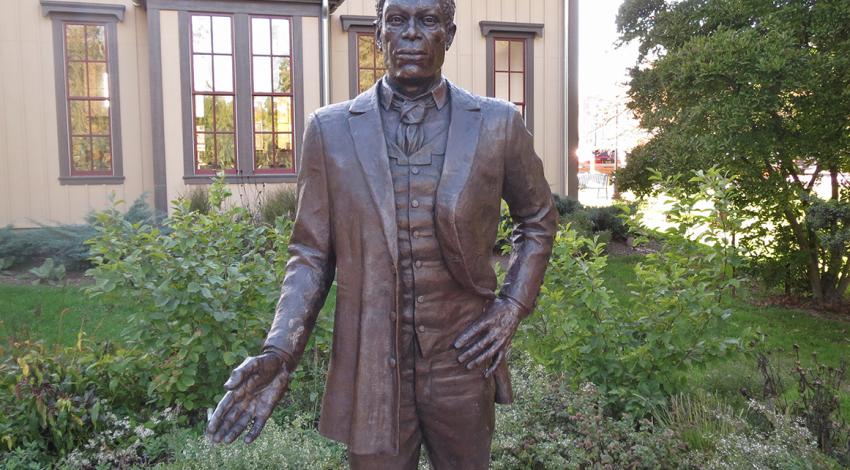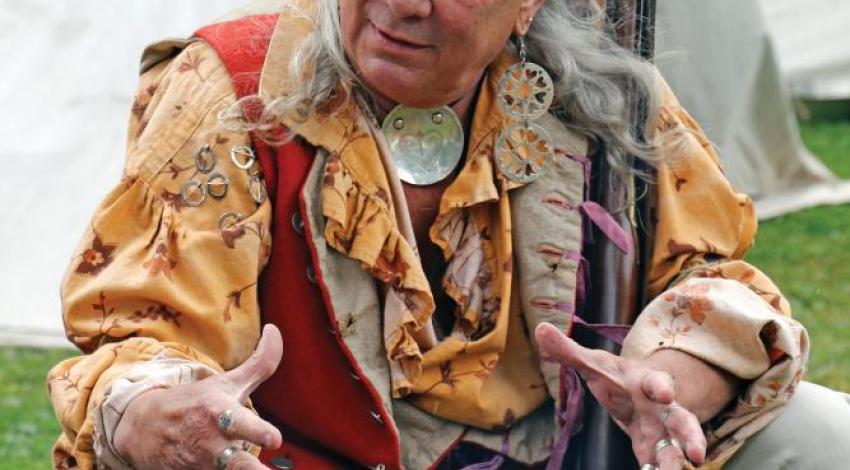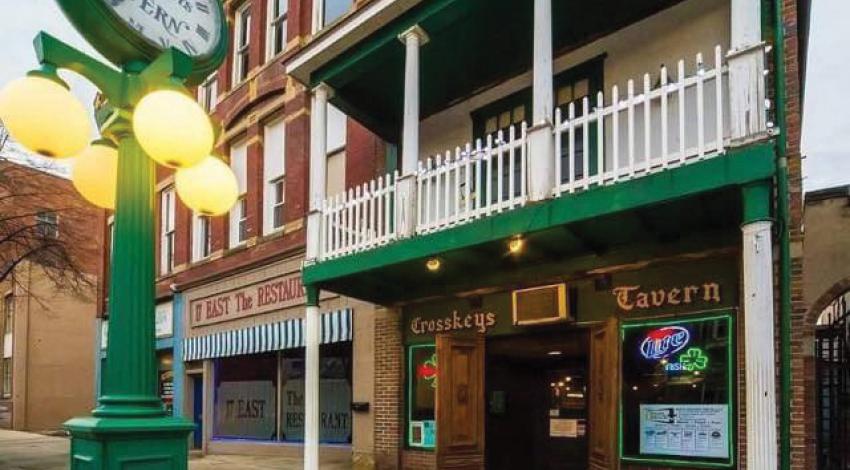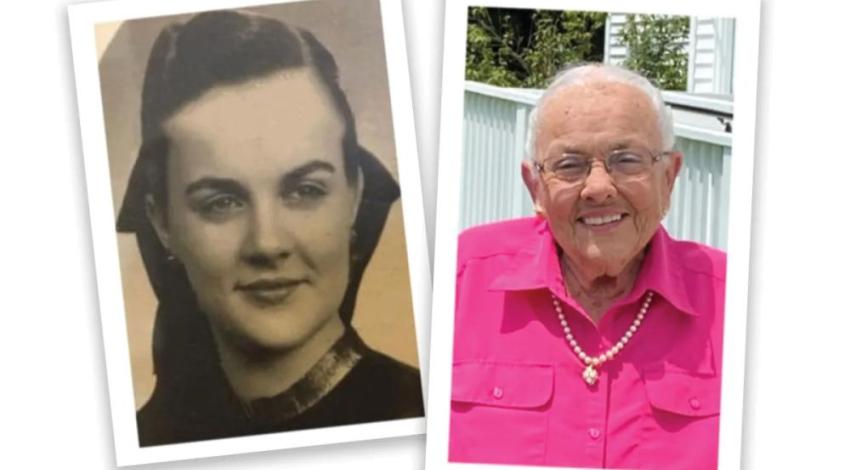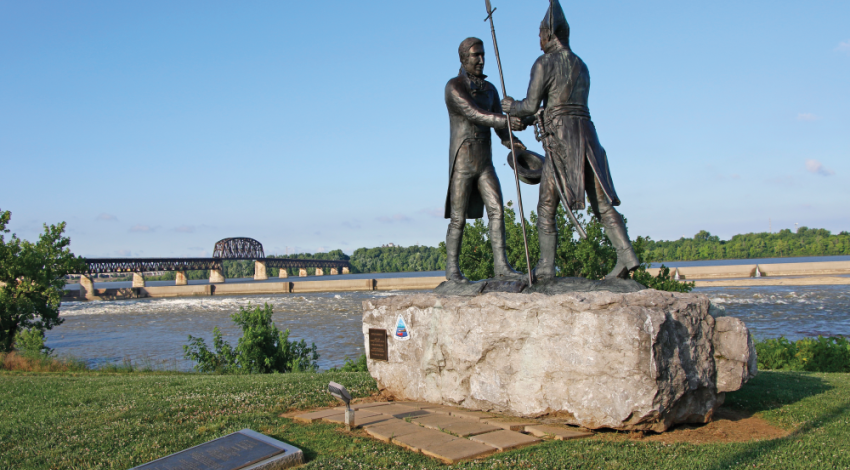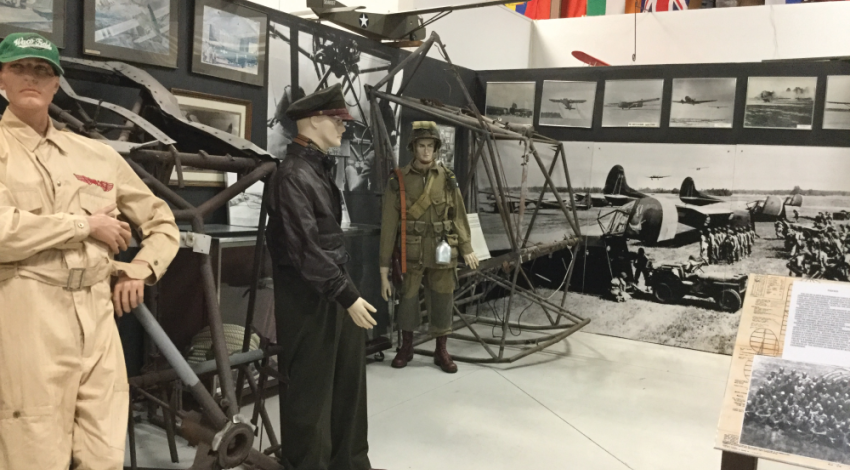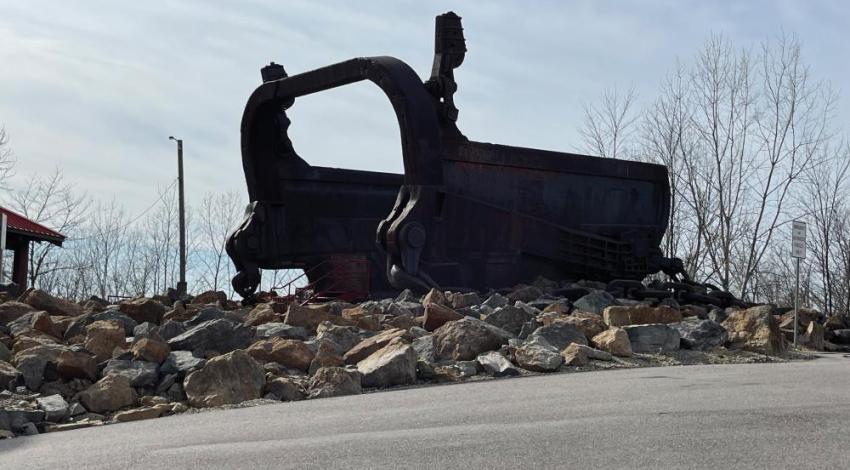During the first holiday season after the death of her husband, the noted local artist Jack Hubbard, in 1987, Pat Hubbard received a curious gift delivered to her Yellow Springs home: two sacks — one filled with flour, the other with sugar.
“Wheeling Gaunt was a person of faith and a very resilient man who did not let adversity beat him down; he used it as a motivation to achieve,” says Brenda Hubbard Ibarra, Jack and Pat’s daughter. Although she had been born and raised in Yellow Springs, Ibarra was unaware of Gaunt’s story until her mother started getting those gifts. Inspired, she immersed herself in researching that history, and in 2021, she self-published Legacy of Grace: Musings on the Life and Times of Wheeling Gaunt.
